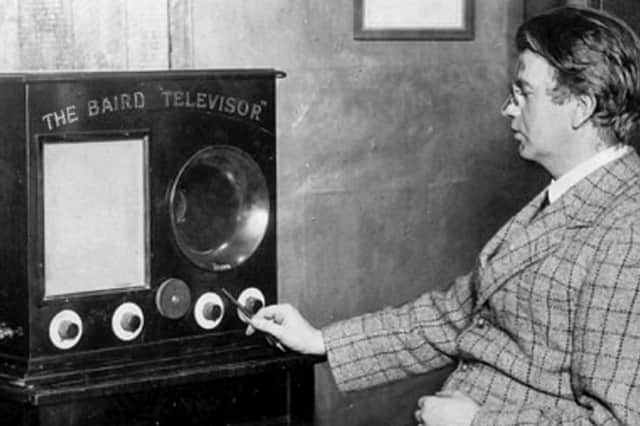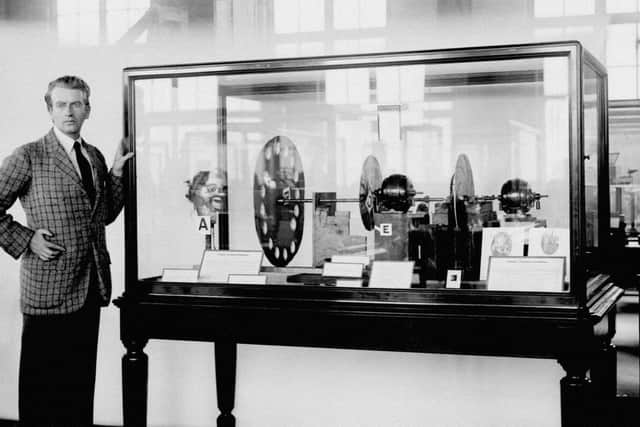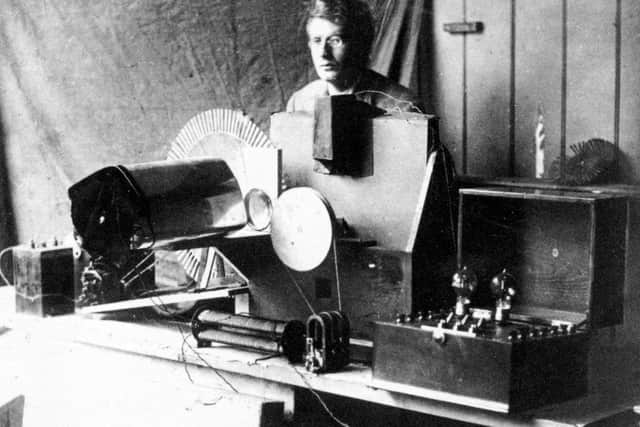Hastings History: How television was invented in Hastings


He writes: In late February or early March 1923, inventor John Logie Baird made the world’s first television images in a room above a shop in the Queens Arcade, opposite the town hall.
Baird, born in Glasgow in 1888, had come to Hastings because of poor health. As a youngster he had studied mechanical engineering at what is now the University of Strathclyde until 1914, and in following years he embarked on a career as an inventor-entrepreneur.
Advertisement
Hide AdAdvertisement
Hide AdBy the autumn of 1922 the businesses he had set up were so successful that he sold them and came to lodge in Hastings. This was mainly to help overcome his serious chest complaint, but he decided that while recuperating he would explore various ideas he had had for some time. One of these was ‘the moving transmission of pictures by wireless’ - television as we know it today.


In his autobiography Baird recalled: “I went for a walk over the cliffs to Fairlight Glen, and my mind went back to my early work on television. Might there not be something in it now?” During the walk, he quickly saw a way of making it work, and he returned to his lodgings at 21 Linton Crescent. A fellow-lodger was a friend. “He was very helpful, and operations were started by the purchase of a tea chest, an old hat box, some darning needles and a bullseye lens from the local shop.”
Many other bits and pieces were bought and Baird initially assembled it all in his bedroom, but this was not popular with the landlord, so he rented the room in the Queens Arcade. Here in the first weeks of 1923 he attracted the interest and support of several local knowledgeable people, including Vic Mills who had just opened a radio business in the town.
Mills helped Baird put together the many parts he had assembled, including a large rotating disc with holes in it. After many experiments, in late February or early March, Baird managed to transmit images of Mills’s moving hand. This was the first time anyone had achieved an instantaneous moving picture anywhere in the world.
Advertisement
Hide AdAdvertisement
Hide AdBaird spent all of 1923 making his historic invention workable. He took out a patent, and in the summer of 1924 he moved to Frith Street in London’s Soho. Here on 26 January 1926 he gave his first big public demonstration of his ‘televisor’ system, as he called it. The image was poor, but it attracted enough interest to make Baird the leading figure in the growth of television.


In 1944 he moved to Bexhill, where he died of a stroke on 14 June 1946.